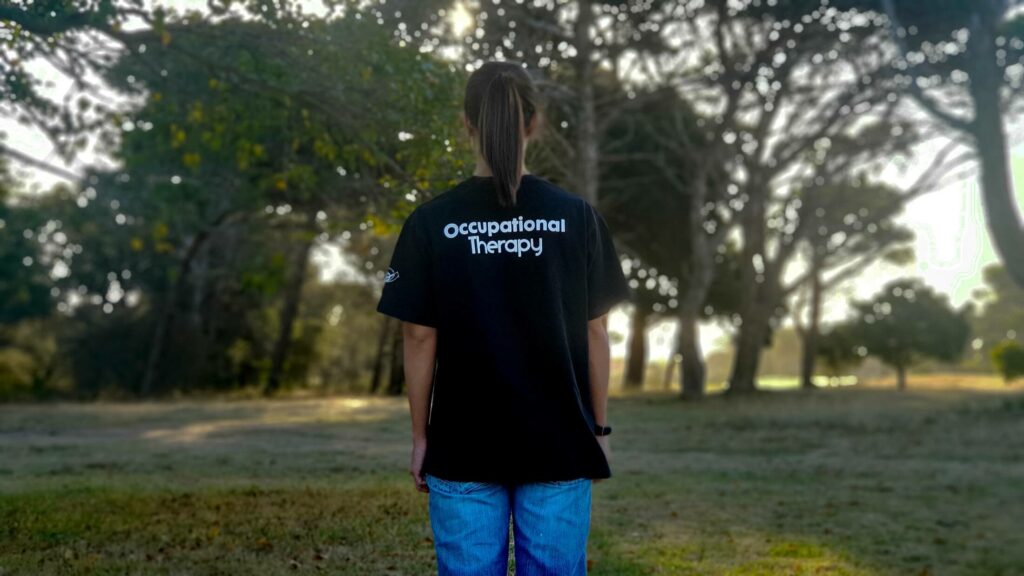

Marketing Strategies for Occupational Therapy Businesses

As Seen On
As a marketing agency, we often work with occupational therapy practices to help them reach their target audience and grow their business. In this article, we’ll be sharing some effective marketing strategies for occupational therapy practices.
First and foremost, it’s important for occupational therapy practices to establish a strong online presence. This means having a professional website that is easy to navigate and showcases the services and expertise of the practice. It’s also crucial to have a strong social media presence, regularly posting engaging and informative content on platforms like Facebook and Instagram.
Another effective marketing strategy for occupational therapy practices is networking and building relationships with other healthcare professionals in the community. This can include joining local healthcare associations, attending conferences, and forming partnerships with other healthcare practices. These relationships can lead to referrals and help to establish the occupational therapy practice as a trusted provider in the community.
In addition to online and in-person networking, it’s important for occupational therapy practices to focus on building a strong reputation through excellent customer service and high-quality care. This means regularly asking for feedback from patients, responding to reviews and concerns, and highlighting the practice’s successes and achievements on the website and social media.
One effective way to reach potential patients is through targeted advertising campaigns. This can include running ads on social media, Google, and other platforms that are specifically tailored to the target audience for occupational therapy services. For example, ads could be targeted towards individuals with certain medical conditions or injuries that could benefit from occupational therapy.
Finally, it’s important for occupational therapy practices to stay up-to-date with the latest trends and developments in the field. This can include regularly attending continuing education courses and conferences, staying active in industry associations, and showcasing the practice’s expertise through blog posts and other informative content on the website and social media.
In conclusion, effective marketing strategies for occupational therapy practices include establishing a strong online presence, networking and building relationships with other healthcare professionals, focusing on building a strong reputation, utilising targeted advertising campaigns, and staying up-to-date with industry trends. By implementing these strategies, occupational therapy practices can reach their target audience and grow their business.
Konger
Up until working with Casey, we had only had poor to mediocre experiences outsourcing work to agencies. Casey & the team at CJ&CO are the exception to the rule.
Communication was beyond great, his understanding of our vision was phenomenal, and instead of needing babysitting like the other agencies we worked with, he was not only completely dependable but also gave us sound suggestions on how to get better results, at the risk of us not needing him for the initial job we requested (absolute gem).
This has truly been the first time we worked with someone outside of our business that quickly grasped our vision, and that I could completely forget about and would still deliver above expectations.
I honestly can't wait to work in many more projects together!
Disclaimer
*The information this blog provides is for general informational purposes only and is not intended as financial or professional advice. The information may not reflect current developments and may be changed or updated without notice. Any opinions expressed on this blog are the author’s own and do not necessarily reflect the views of the author’s employer or any other organization. You should not act or rely on any information contained in this blog without first seeking the advice of a professional. No representation or warranty, express or implied, is made as to the accuracy or completeness of the information contained in this blog. The author and affiliated parties assume no liability for any errors or omissions.

